Best Tips For Embroidery Machine Maintenance
Here are the best tips for embroidery machine maintenance to keep your machine in top working order.
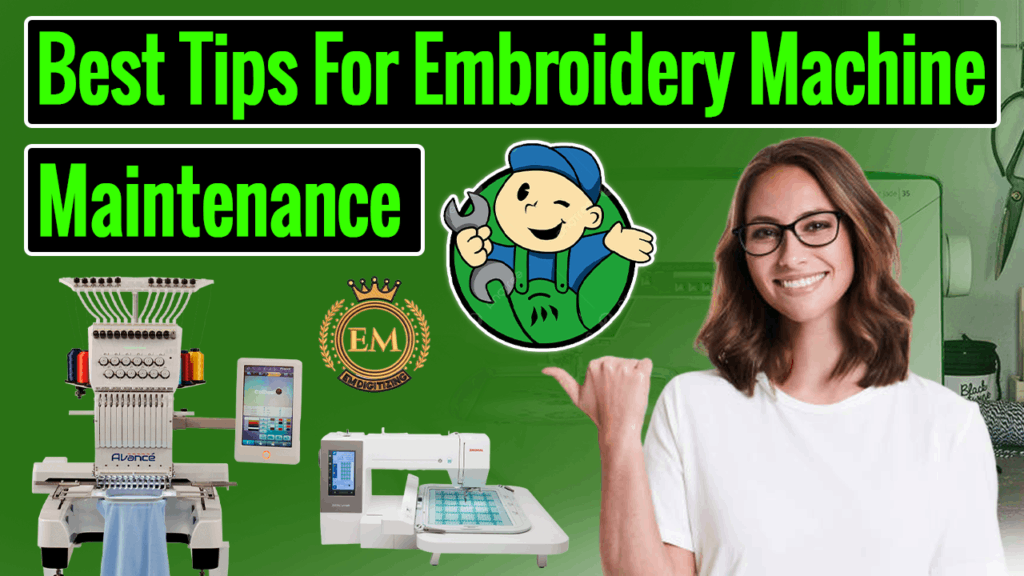
Introduction:
Best Tips For Embroidery Machine Maintenance
Embroidery machines are an essential tool for those who want to create beautiful designs on fabric. These machines can produce intricate and precise designs, but only if they are well-maintained. Neglecting maintenance can lead to costly repairs, downtime, and decreased quality of the finished product.
Tips for Embroidery Machine Maintenance:
Embroidery machines are intricate pieces of machinery that require regular maintenance to ensure they function properly and produce high-quality embroidery designs. Proper maintenance can also extend the lifespan of the machine and save you money on repairs or replacement. Here are some of the best embroidery machine maintenance tips for embroidery machine maintenance:
Regular Cleaning:
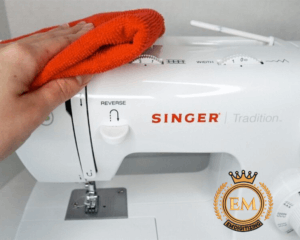
Regular cleaning of your embroidery machine is essential to keep it free of dust and lint. You can use a soft brush or cloth to gently clean the embroidery machine after every use. Pay special attention to the bobbin case, feed dogs, and needle area. Cleaning the machine will prevent lint buildup, which can cause thread breakage, skipped stitches, and damage to the machine’s internal components.
Lubrication:
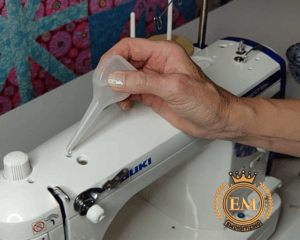
Regular lubrication of your embroidery machine is crucial to keep it running smoothly. Refer to the manufacturer’s manual for specific instructions on how to lubricate your machine. Most machines require oiling every 20 hours of use or every three months. Proper lubrication can extend the lifespan of your machine and prevent costly repairs.
Proper Threading:

Proper threading of the embroidery machine is crucial for good stitching quality. Make sure to thread the machine correctly, following the manufacturer’s instructions. Improper threading can cause thread breakage, skipped stitches, and other issues.
Calibrate The Machine:
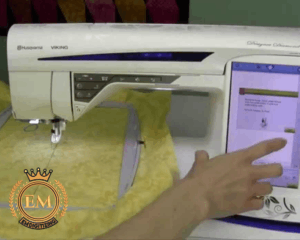
Over time, the embroidery machine may need to be calibrated to ensure that it is stitching accurately. Follow the manufacturer’s instructions for calibrating the machine, or have it serviced by a professional technician
Proper Tension:
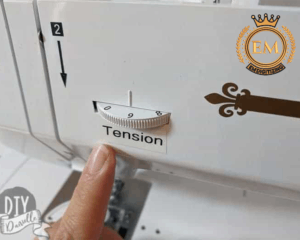
Correct tension is very important for good stitch quality. The tension should be balanced between the upper and lower threads, so the stitch is tight enough to hold the fabric securely, but not so tight that it causes puckering or breaks the thread.
Storing the Machine:
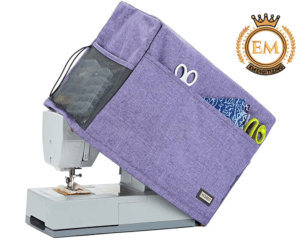
When not in use, store your embroidery machine in a clean, dry place. Cover the machine with a dust cover to protect it from dust, dirt, and other contaminants. Store the machine vertically, not horizontally, to prevent oil from draining from the head into the motor.
Use High-Quality Thread:

Cheap, low-quality thread can cause the embroidery machine to jam or break needles. Use high-quality embroidery thread that is specifically designed for machine embroidery. Check the thread tension regularly to ensure that the thread is feeding properly through the machine.
Use The Correct Needle:
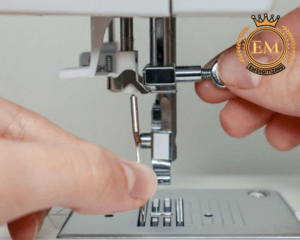
Different fabrics and thread weights require different needle sizes. Use the correct and suitable needle for the fabric and thread you are using to prevent the needle from breaking or the thread from shredding.
Use A Stabilizer:
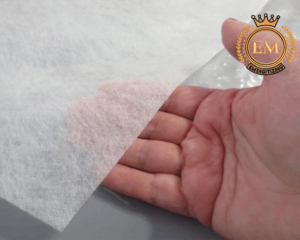
A stabilizer is a material that is placed underneath the fabric to provide support during embroidery. Using a stabilizer can help prevent the fabric from stretching or puckering during embroidery. Choose the right stabilizer for the fabric you are using and follow the manufacturer’s instructions for use.
Use The Machine Regularly:
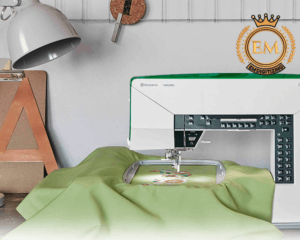
Like any machine, embroidery machines perform best when they are used regularly. If you only use the machine occasionally, consider running it through a few test stitches before starting a new project to ensure that it is functioning properly.
By following these tips, you can keep your embroidery machine in top condition and enjoy high-quality embroidery for years to come. Regular maintenance is essential for keeping the machine running smoothly and preventing costly repairs or replacements.
Conclusion:
In conclusion, maintaining your embroidery machine is crucial to ensure that it is always in top working order. By following these tips, you can prevent costly repairs, downtime, and decreased quality of the finished product. Regular cleaning, lubrication, proper threading, tension, and storage are essential for keeping your machine in good condition. With proper maintenance, your embroidery machine will continue to produce beautiful designs for many years to come.
If you are interested in getting embroidery logo digitizing services, you can get in touch with EM DIGITIZING. We specialize in providing embroidery logo digitizing services and can help you create a digital file of your design that can be used for embroidery.
To get started, simply contact EM DIGITIZING and provide us with your design or logo. We will work with you to understand your specific needs and requirements, and then create a high-quality digitized version of your design that is optimized for embroidery. Whether you need a simple embroidery design or a complex logo, EM DIGITIZING can help you get the results you need.
There are several possible reasons why an embroidery machine may not stitch properly, including issues with the thread tension, needle, bobbin, or design file. It is important to check all of these factors and make adjustments as necessary to ensure proper stitching. If problems persist, it may be necessary to consult the machine’s manual or seek professional assistance.
As a general rule, it is a good idea to oil your machine after every 8 to 10 hours of use, or at least once a month if you use it less frequently. However, you may need to oil it more often if you use the machine frequently or if it is exposed to high temperatures, dust, or other harsh conditions.
It is best to clean your machine after every 8 to 10 hours of use, or at least once a month if you use it less frequently. If you use your machine frequently or in a dusty or dirty environment, you may need to clean it more often.
Basic maintenance for an embroidery machine includes tasks such as:
Regularly dusting and wiping down the exterior of the machine.
Applying a high-quality, lightweight machine oil to key moving parts of the machine.
Properly thread the machine to avoid tension issues and ensure accurate stitching.
